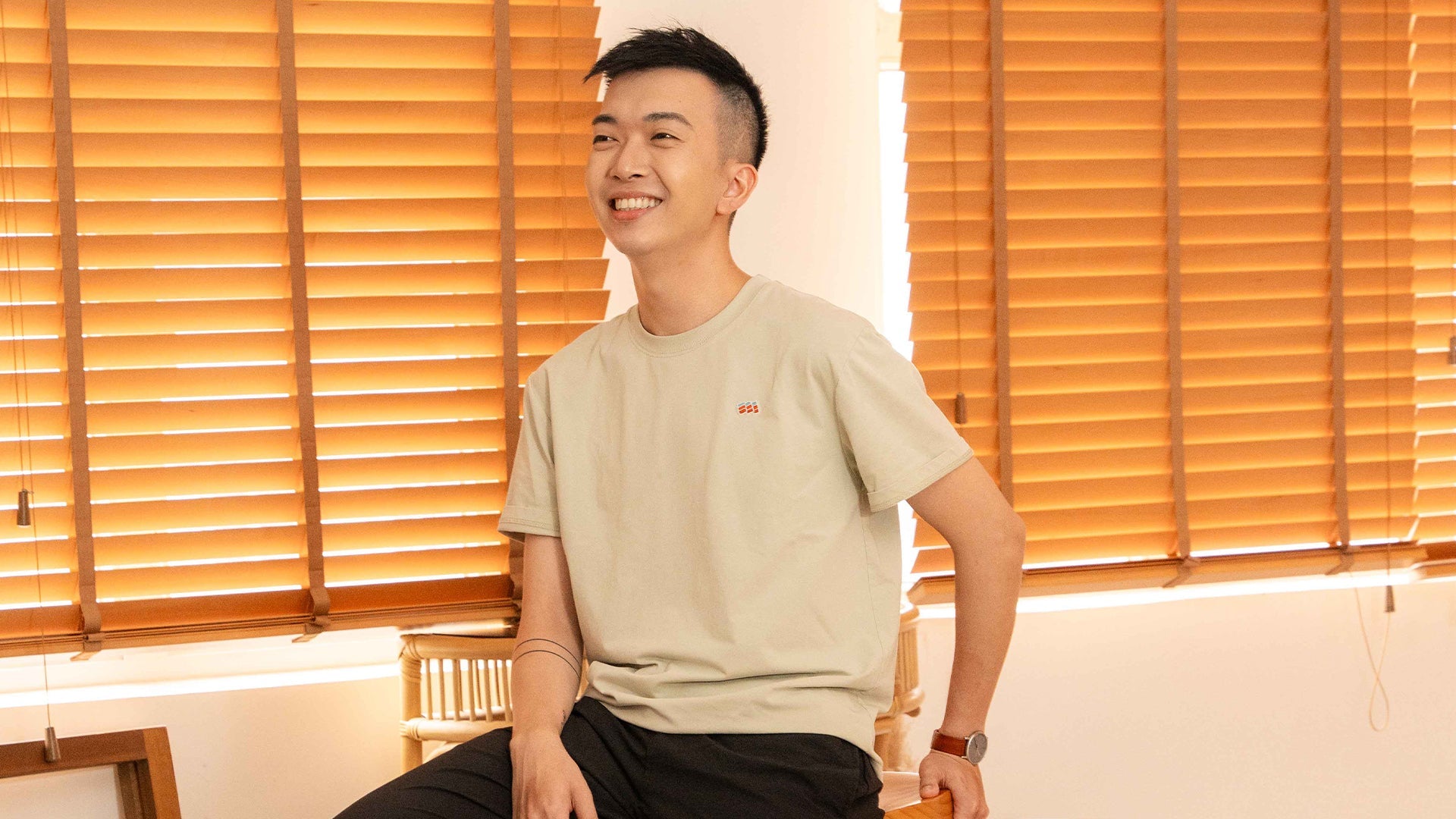As a physiotherapist, I often see patients struggling with plantar fasciitis, bunions, knee pain, and even chronic low back pain. Many of these problems are rooted in one common issue: inappropriate footwear.
Barefoot shoes are designed to mimic the natural experience of walking barefoot, allowing the muscles of the feet to function as they were meant to. Unlike traditional footwear that prioritizes cushioning and support, barefoot shoes emphasize simplicity and natural movement. Let’s explore six core features of barefoot shoes and how they benefit your health.
1. Zero Drop
Feature:
The heel and forefoot are at the same level — there is no raised heel.
Health Benefits:
Most conventional shoes elevate the heel by 10 mm or more, which shifts your center of gravity forward and encourages a pelvic tilt, increasing pressure on the lower back and knees. Zero-drop design helps to:
• Restore a neutral spinal alignment
• Reduce load on the hips, knees, and lumbar spine
• Encourage a more natural gait that engages core and gluteal muscles effectively
For posture correction, back pain relief, and movement retraining, zero-drop footwear is a foundational tool.
2. Wide Toe Box
Feature:
Barefoot shoes offer a spacious toe box that allows your toes to splay naturally rather than being cramped.
Health Benefits:
Most shoes squeeze the toes together, which can lead to:
• Bunions
• Tailor’s bunion (on the little toe)
• Hammer toes or claw toes
• Weakened toe grip and poor balance
A wide toe box allows your big toe to realign and engage properly, which helps with:
• Improved stability when standing or walking
• Better weight distribution across the forefoot
• Prevention and correction of common foot deformities
I often recommend this to patients with balance issues, gait abnormalities, or a history of toe injuries.
3. Thin Outsole
Feature:
The sole is typically 3–6 mm thick, with no extra cushioning. This allows you to feel the ground more clearly.
Health Benefits:
Thick soles dull your sense of ground contact and delay proprioceptive response. A thin sole improves:
• Ground feel and body awareness
• Sensory input to the nervous system
• Balance, gait control, and coordination
For older adults, patients recovering from neurological conditions, or athletes seeking to improve performance, thin outsoles help reconnect the body with the ground.
4. Flexible outsole
Feature:
The shoe can twist and bend easily in all directions, without rigid support structures.
Health Benefits:
Rigid soles restrict the natural movement of the 26 bones and 33 joints in the foot. Flexible barefoot shoes:
• Allow full range of motion in the foot and ankle
• Activate the intrinsic foot muscles
• Improve foot strength and joint mobility
This is particularly useful for ankle rehab, fall prevention, and improving athletic footwork.
5. Lightweight
Feature:
Made from lightweight materials, barefoot shoes minimize foot fatigue.
Health Benefits:
Heavy shoes slow down your gait and increase joint stress. Lightweight barefoot shoes:
• Improve step cadence and rhythm
• Reduce walking fatigue, especially over long distances
• Increase agility and fluidity in movement
This makes them ideal for people who walk or stand all day, or who enjoy long walks or travel.
6. No Arch Support
Feature:
There is no artificial arch support built into the sole.
Health Benefits:
Over-reliance on arch support can lead to foot muscle atrophy. Without support, the foot must activate its own muscles to maintain arch integrity. This promotes:
• Stronger intrinsic foot muscles
• Natural arch development and recoil
• Less dependency on orthotics
As a physiotherapist, I often tell patients: “Rather than propping up the arch, train it to support itself.” Barefoot shoes allow this to happen naturally.
Adapting to Barefoot Shoes: Go Gradually
If you’ve been wearing traditional shoes your whole life, switching to barefoot shoes requires a gradual adaptation period. I recommend:
• Start by wearing them indoors for short periods
• Begin with 5–10 minutes of walking daily, and increase week by week
• Pair with foot and ankle strength exercises
• Stop if pain or discomfort arises, and consult a professional
Avoid long walks or running at first, as your muscles need time to adapt.
Final Thoughts
Barefoot shoes are more than just a footwear trend — they’re a tool for restoring foot function and reconnecting with your body. I’ve seen many patients improve their posture, reduce pain, and return to active lifestyles simply by changing what they wear on their feet.
If you want to strengthen your body from the ground up and restore healthy movement patterns, barefoot shoes are a powerful starting point.
If you have questions about foot function, footwear choices, or transition strategies, feel free to contact me or book an assessment. Let’s build a stronger foundation — starting from your feet.
Chiu Mok
Co-Founder, Urbanroot
Physiotherapist's Guide to Stronger Feet and Healthier Body

0 comments